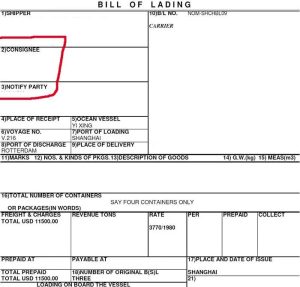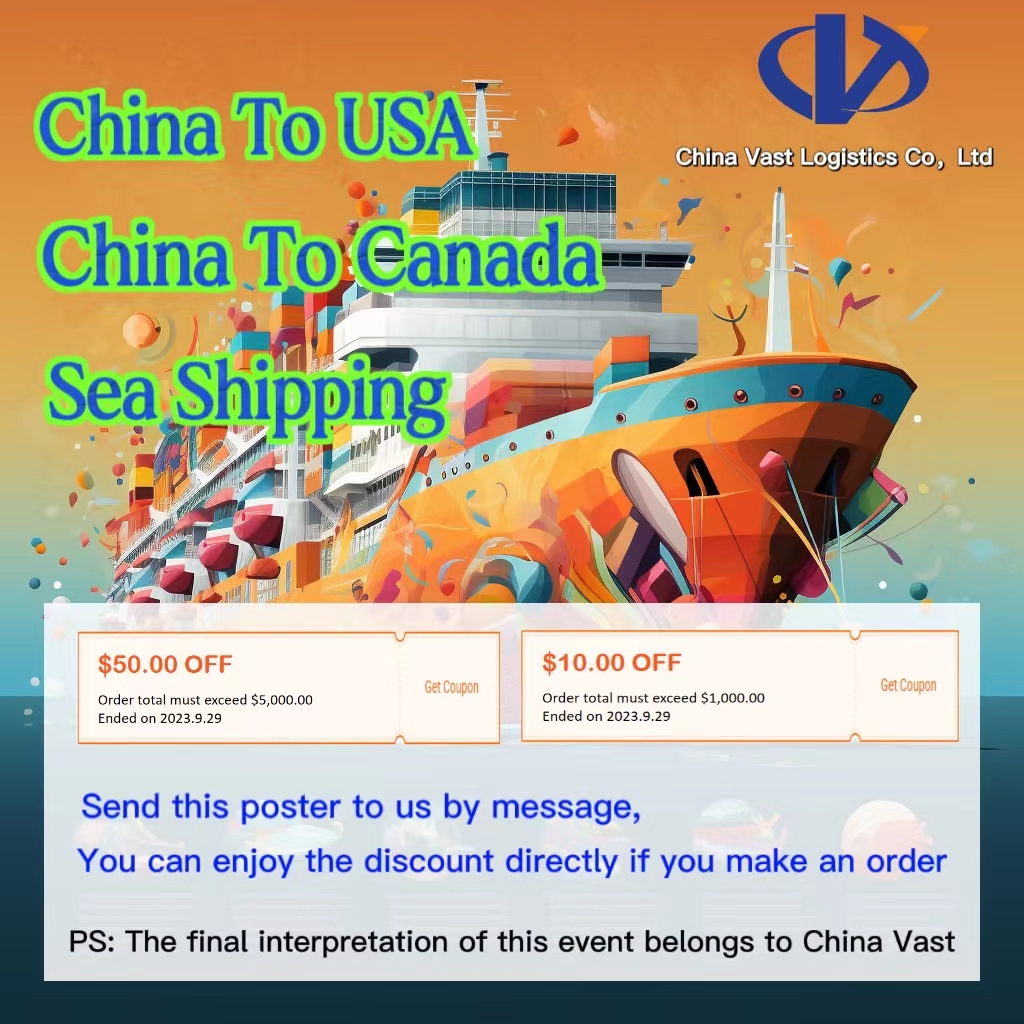In international freight documentation, particularly the Bill of Lading (B/L), two critical roles often cause confusion: the Consignee and the Notify Party. While they may sometimes be the same entity, understanding their distinct functions is essential for smooth logistics operations.
📦 What Is a Consignee?
The Consignee is the party legally entitled to receive the goods upon arrival at the destination. This entity is typically the buyer or the final recipient of the shipment. The consignee’s responsibilities include:
-
Receiving the goods from the carrier.
-
Inspecting the shipment for accuracy and condition.
-
Clearing the goods through customs, which involves paying any applicable duties and taxes.
It’s important to note that the consignee’s name and address must be accurately listed on the B/L, as this information determines who can legally claim the cargo upon arrival .
📣 What Is a Notify Party?
The Notify Party is the individual or organization designated to be informed about the shipment’s arrival. This party may not have ownership of the goods but plays a crucial role in the logistics chain. Responsibilities of the notify party include:
-
Receiving arrival notifications from the carrier.
-
Coordinating with the consignee for timely pickup and delivery.
-
Assisting with customs clearance and other import procedures.
The notify party can be:
-
The consignee themselves.
-
A freight forwarder or customs broker.
-
Any other stakeholder interested in the shipment’s arrival .
🔄 Why Are Consignee and Notify Party Sometimes the Same?
In practice, especially in straightforward transactions, the consignee and notify party may be the same entity. This consolidation simplifies communication and logistics coordination. However, in more complex supply chains, separating these roles allows for specialized handling of different aspects of the shipping process.
⚠️ Risks of Combining Consignee and Notify Party Roles
While combining these roles can streamline operations, it may also introduce risks:
-
Communication Delays: If the sole contact is unavailable, critical information about the shipment’s arrival may not reach the appropriate parties promptly.
-
Customs Clearance Issues: Without a dedicated notify party, there may be delays in preparing necessary documentation, leading to potential storage fees or penalties.
-
Operational Bottlenecks: Relying on a single entity for multiple roles can overwhelm resources, especially during high-volume periods.
Therefore, it’s advisable to assess the complexity of your shipping operations and determine whether separating these roles would enhance efficiency and reduce risks.
✅ Best Practices for Assigning Consignee and Notify Party
To optimize your international shipping processes:
-
Clearly define roles: Assign the consignee and notify party based on their specific responsibilities and expertise.
-
Ensure accurate documentation: Double-check that all contact information is correct and up-to-date on the B/L.
-
Maintain open communication: Establish clear lines of communication among all parties involved to facilitate prompt responses to any issues that arise.
By thoughtfully assigning these roles, you can enhance the efficiency and reliability of your international shipping operations.


